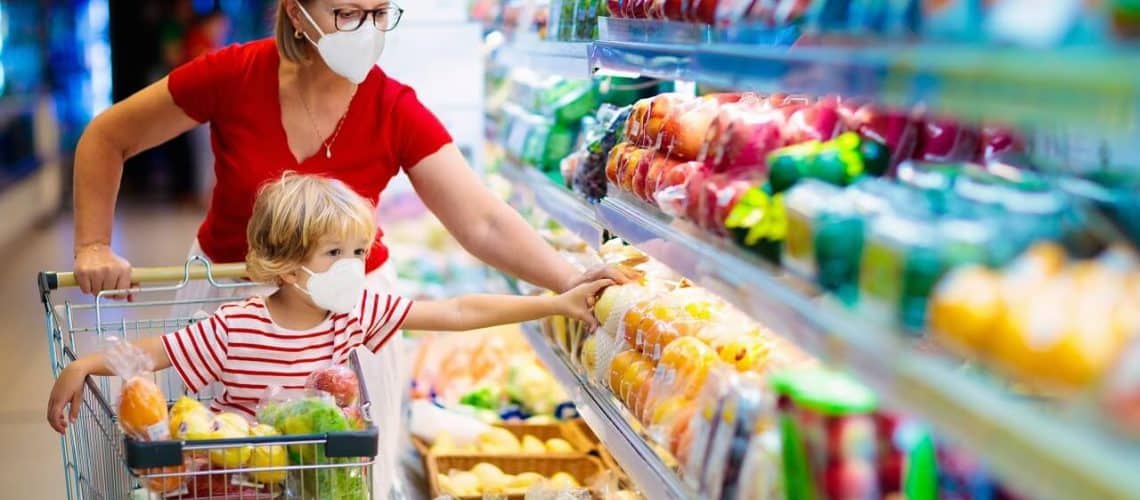How the COVID-19 Pandemic Changed Food Retail and What Will It Look Like in the Future?

It has been one year since the World Health Organization (WHO) declared COVID-19 a pandemic. As a result, we have witnessed a sea of change in various industries worldwide, especially in food retail. There has been an accelerated adoption of online initiatives, exponential growth in demand for food products in supermarkets, and unprecedented consumer behavior changes.
A year later, here are some of the ways COVID-19 has changed food retail and how its impact will be felt in the years to come:
Increased Awareness of Food Safety
The Coronavirus outbreak magnified the importance of prioritizing food safety in the country. To eradicate the possibility of another outbreak of foodborne illnesses, the FDA implemented the “New Era of Smarter Food Safety” blueprint that aims to promote food safety by leveraging digital technologies. This program aims to integrate sensors, artificial intelligence, traceability, predictive analytics, and other advanced methods to improve food safety, distribution, and production. This blueprint will guide food retailers to build a more healthy and safe food system.
Consumer-conscious Eating
Consumers have become more conscious of what they eat and what they put in their bodies. This appears to be the most prominent change in consumer behavior due to the pandemic. Consumers’ awareness of nutrition and overall health is expected to continue, even post-pandemic. This presents many opportunities for retailers to highlight food products that are not just on-trend but are expected to boom in the many years to come. Health food products that support immune health, sustainability and are plant-based in nature should be on retailers’ shelves leading to additional sales.
Holistic Adoption of Technology in the Food Retail Ecosystem
Before the pandemic, there were a few technological integrations in retail stores here and there. But today, we are dealing with the full adoption of technology in the food retail ecosystem. This holistic approach in leveraging technology to supermarkets is the future. From automating the supply chain and fulfillment centers to online ordering to mobile payments to getting groceries to consumer’s doorsteps, technology is integrated every step of the way.
What Are the Next Steps for Food Retailers?
As vaccines continue to roll out, it is expected that things will gradually relax but not fully go back to normal, pre-COVID days. However, it is believed that consumers will adopt an omnichannel behavior that will cater to buying online, delivery, or in retail stores. Food retailers should be open to remodeling stores to cater to today’s needs and the future, which may include integrating pick-up hubs, cashier-less and contactless payments, and dark stores/ fulfillment centers. Likewise, food retailers should strategize their product portfolio to align with consumer choices that are sensitive to their budgets and continue to invest in products and categories that have sustained demand. Moreover, retailers should expect that several category changes and demand will continue especially on health and hygiene products.
There will be further challenges in the years to come, but knowing how resilient the food retail industry has been in the last year, there’s no doubt the industry will continue to survive and thrive amid these bumps in the road.